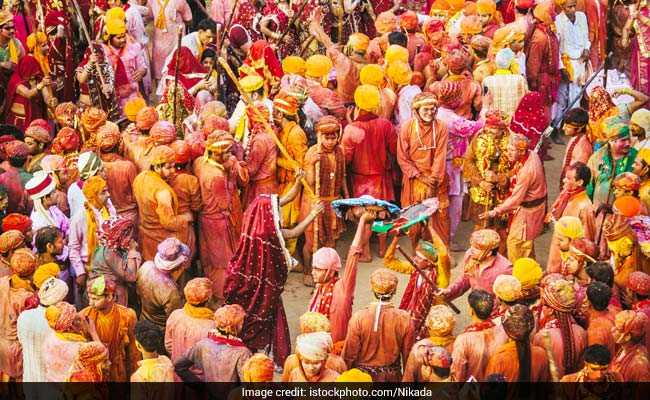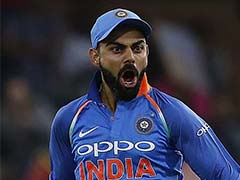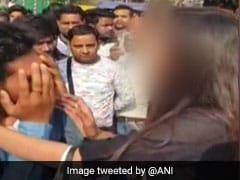Several legends are associated with Holi. One of the famous one is of an evil king called Hiranyakashyap and his son Prahlad. Prahlad was an ardent devotee of Lord Vishnu which his father did not like. He wanted him to give up his faith in Lord Vishnu, which Prahalad did not agree to. He thus tried to kill his own son. After several attempts, Hiranyakashyap made Prahlad sit on his sister's lap Holika, who had a blessing that she will not be burnt by fire, and put them on fire. While Holika burnt and Prahalad, with the blessing of Lord Vishnu, remain untouched. With this legend, Holi represents the victory of good over evil and the tradition of Holika Dahan came into practice. On Holika Dahan, holy pyres are burnt across, signifying the triumph of good over evil.
Another legend associated with Holi is that young Lord Krishna was unhappy with the fact that he had dark complexion while Radha was fair. His mother Yashoda suggested Krishna to go and playfully colour Radha. Krishna went to the neighbouring village of Barsana, the hometown of Radha to colour Radha and other Gopis. In return, the women beat him playfully with sticks. That's how the tradition of Lath Maar Holi began.
Comments
In Mathura's Barsana and adjacent Nandgaon, the Lath Maar Holi is traditionally celebrated because of the legend associated with it. Women beat men with sticks as they use shield to cover themselves up, all in a playful way. The celebrations look place on February 24 and 25 this year and the Holi procession will take place on March 1.In Vrindavan, Holi celebrations continue for a week. With chants of hari bhajans, dance, colours, water, flowers and sweets, the festival is celebrated with great joy and is also a photographer's delight. People come from far off to witness the Holi festivities here. The festivities at Bank-e-Bihari temple will take place on March 1.














